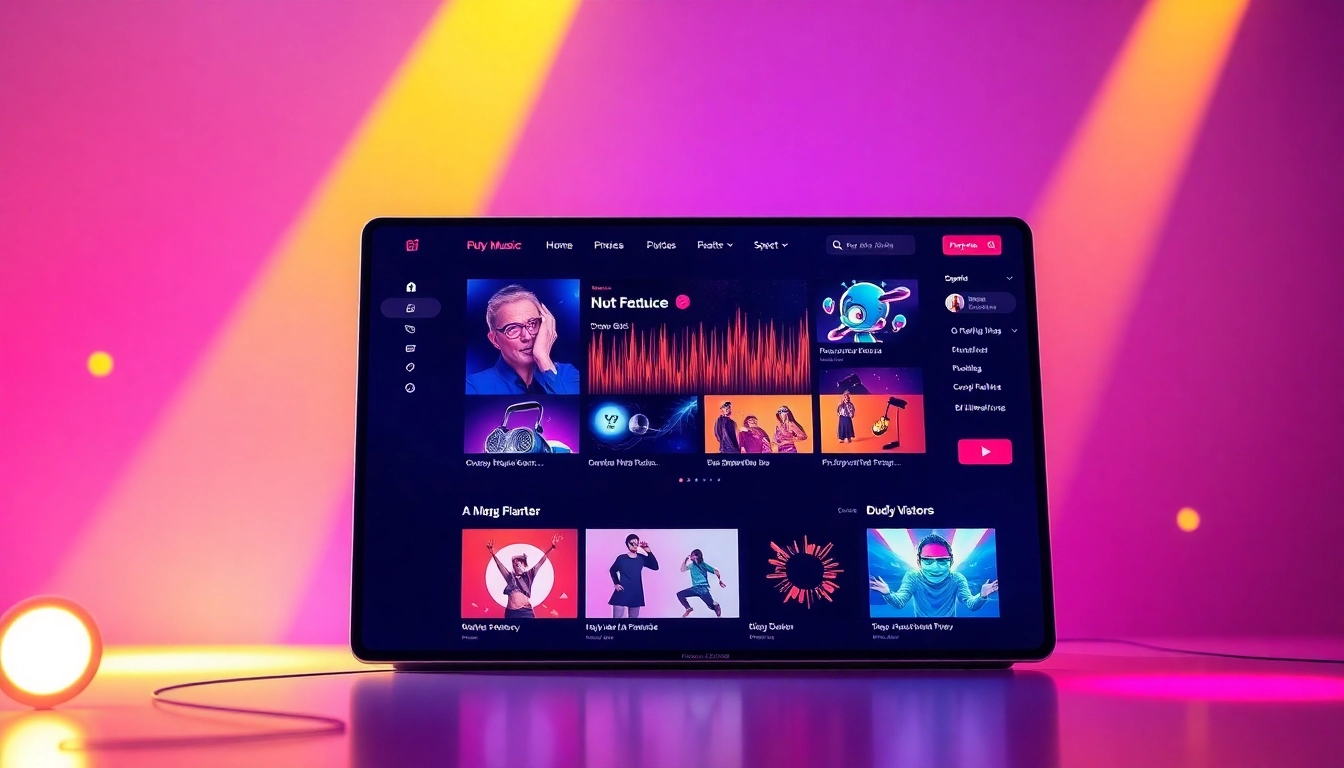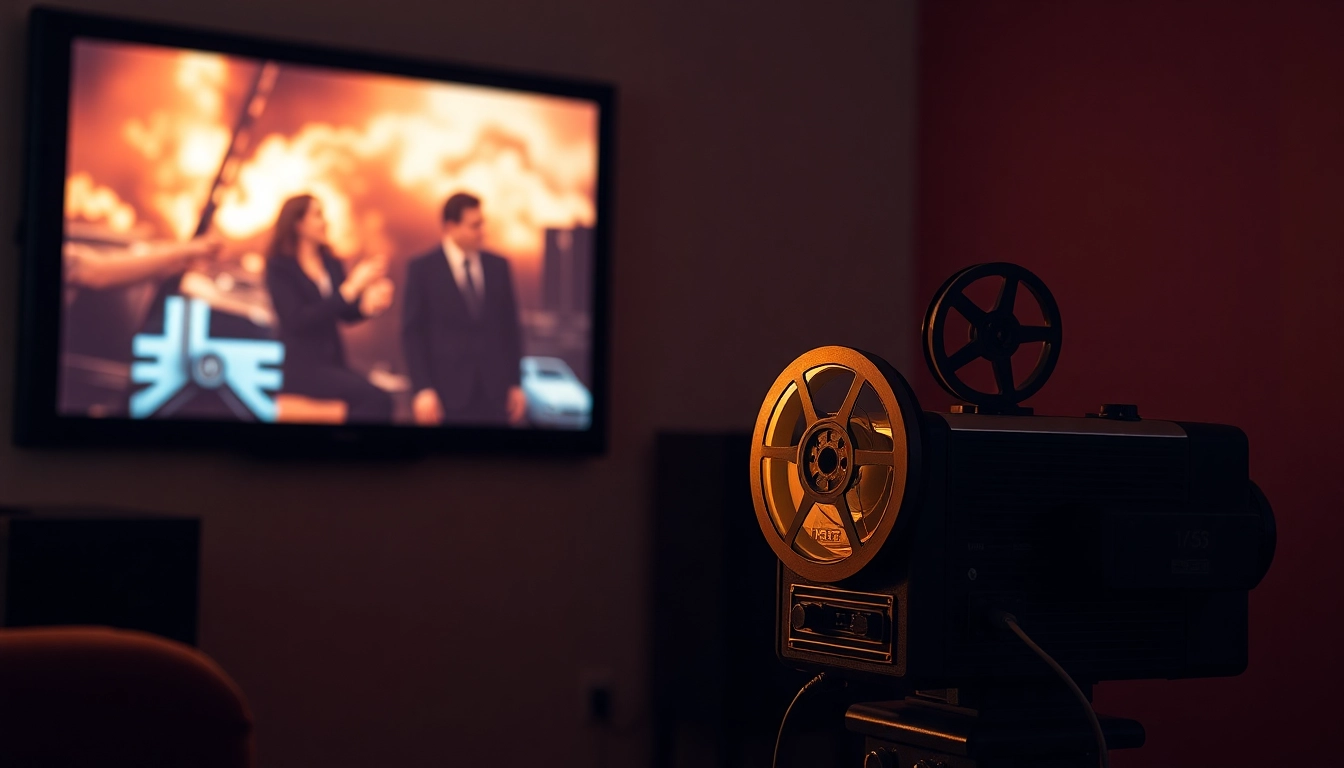Understanding Music Pitching
1. What is Music Pitching?
Music pitching is a crucial process in the modern music industry that involves presenting your music to various stakeholders, including record labels, playlist curators, music supervisors, and influencers. Essentially, it’s the art of crafting a compelling case for why your song deserves attention. This might include streaming services, radio stations, blogs, or playlists where your music can connect with new audiences. The goal is to get your music featured, whether that’s in a playlist, on a radio show, or in a review. By mastering the skill of music pitching, artists can amplify their reach, engage with potential listeners, and ultimately increase their chances of success.
2. Importance of Pitching Your Music
The importance of music pitching cannot be overstated in today’s competitive landscape. With millions of tracks available on streaming platforms, getting noticed can be incredibly challenging. Here are several reasons why pitching your music is vital:
- Visibility: By pitching your music, you increase your chances of being discovered by listeners who are not familiar with your work.
- Networking: Pitching encourages relationships with industry professionals, which can lead to more opportunities in the future.
- Feedback and Growth: Submitting your music can provide constructive feedback from industry experts, helping you develop as an artist.
- Playlist Influence: Being featured in playlists can significantly increase your streams and, subsequently, your revenue.
3. Common Platforms for Music Pitching
There are numerous platforms available that cater to different aspects of music pitching. Here are a few of the most notable ones:
- SubmitHub: A platform that allows artists to send their music to bloggers, playlist curators, and music reviewers.
- Spotify for Artists: Through this platform, artists can pitch their songs directly to Spotify’s editorial playlist curators, ensuring a direct line to one of the largest music platforms globally.
- SoundCloud: Artists can pitch music here, but it’s particularly effective for those looking to connect with smaller curators.
- Apple Music: Apple provides a pitch user guide that helps artists submit their music effectively, ensuring it reaches the right ears.
Crafting an Effective Music Pitch
1. Structuring Your Pitch
An effective pitch is meticulously structured to ensure clarity and capture the reader’s attention. Begin with a strong opener that grabs interest, followed by essential details about the music, including the genre, inspiration, and any relevant accolades. This should be succinct but compelling, typically no more than a few paragraphs long.
2. Essential Elements to Include
When crafting your pitch, certain elements are crucial for conveying professionalism and completeness:
- Artist Background: Include a brief introduction about yourself, your musical journey, and significant milestones.
- Music Information: Provide details about the track, including the release date, genre, and a link to stream it.
- Press Materials: Consider attaching a press kit that includes high-resolution images, a logo, and any press quotes or features you’ve received.
- Call to Action: Encourage the recipient to take a specific action, such as adding your song to their playlist or reaching out for an interview.
3. Tone and Language for Success
The tone of your pitch should reflect your music’s style while maintaining professionalism. Use language that resonates with the recipient, and be genuine in expressing your passion. Avoid overused clichés and jargon—clarity is key. Striking a balance between being personable and professional will help you engage effectively with your audience.
Targeting the Right Audience
1. Identifying Relevant Curators
Identifying the right curators is a crucial step in the pitching process. Research various playlist curators and industry professionals who align with your genre and style. Use social media platforms like Instagram and Twitter to find curators. Spotify provides a great resource, as you can check out playlists relevant to your music and identify the curators behind them.
2. Researching Playlist Genres and Trends
Understanding current genre trends is vital for successful pitching. Pay close attention to emerging genres and popular playlists. Use tools like Chartmetric or Spotify’s genre charts to track trends, observing what resonates with listeners. Tailoring your pitch to fit into trending genres can increase your chances of getting featured.
3. Building Your Network in the Industry
Building a network is essential for successful music pitching. Attend workshops, networking events, and music conference panels where you can meet industry professionals. Utilize platforms like LinkedIn to connect with professionals across the globe. Engaging with other artists and insiders can open doors to collaborations and pitching opportunities that wouldn’t be available otherwise.
Best Practices for Successful Pitching
1. Dos and Don’ts of Music Pitching
Understanding the dos and don’ts can make or break your pitching success:
- Do: Research the curator before reaching out. Tailor your pitch to fit their style and interests.
- Don’t: Spam multiple curators with the same pitch; personalize each submission.
- Do: Follow submission guidelines to the letter. Each curator or platform may have specific requirements.
- Don’t: Be overly aggressive in your follow-ups. Respect their time and space.
2. Timing Your Pitch Appropriately
Timing is everything in music pitching. Submit your pitch at least a week before your song’s release to give curators adequate time to feature it in playlists. Additionally, consider strategic timing surrounding holidays or events in your genre that may provide a natural spotlight for your music.
3. Using Follow-Ups Strategically
Follow-ups can enhance your chances significantly, but they need to be approached wisely. If you haven’t received a response within a week or two, a polite follow-up can demonstrate your enthusiasm and professionalism. Keep it brief, reiterating your music’s key points and expressing a willingness to discuss more if they are interested.
Measuring Success in Music Pitching
1. Analyzing Feedback and Response Rates
Post-pitch, it’s essential to analyze feedback and monitor response rates. Keep track of which pitches received positive responses and which did not. Analyzing patterns in the feedback can provide insights into what works and what doesn’t, allowing you to refine your approach.
2. Adapting Your Approach Based on Data
Don’t hesitate to adapt your pitching strategy based on the data collected from your feedback. If certain approaches yield better results, double down on those while eliminating less effective strategies. The music industry is dynamic; being flexible enables you to stay relevant.
3. Long-Term Strategies for Building Relationships
Music pitching isn’t just about immediate results; it’s about cultivating lasting relationships within the industry. Follow curators and influencers on social media, engage with their content, and express genuine appreciation for their work. Building rapport over time can lead to more significant opportunities and collaborations in the future.



